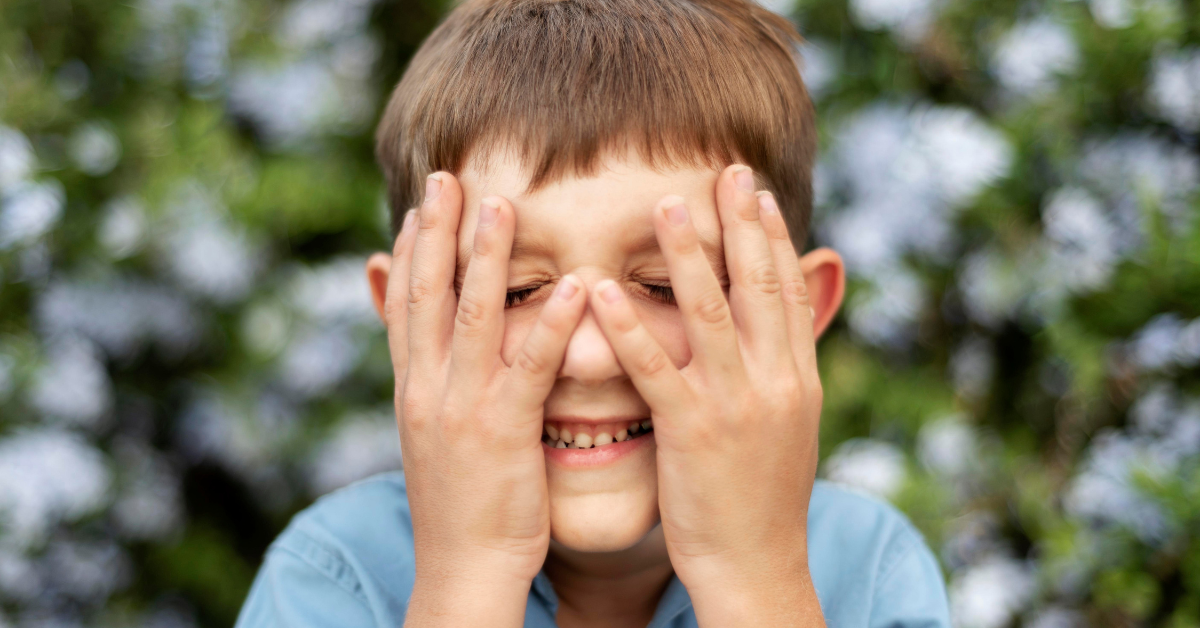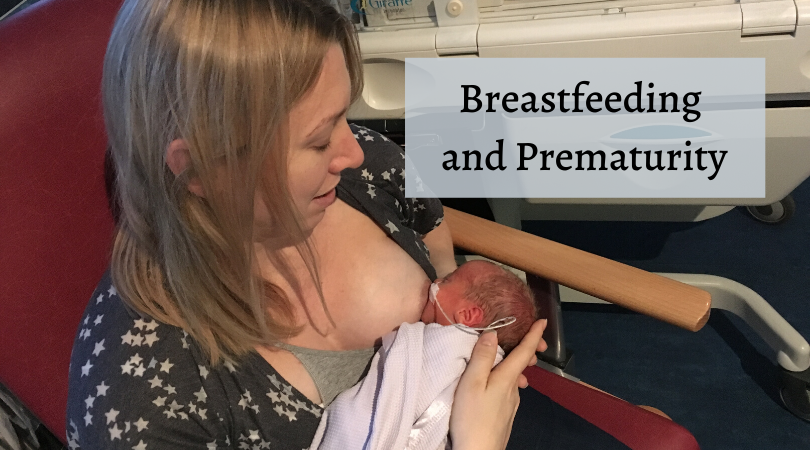
Tips for Taking Care of Your Child’s Eye Health: What Parents Need to Know

*Collaborative Post
Ensuring good eye health is crucial for a child’s overall development, as vision plays a key role in exploring and learning about the world. From the moment they are born, a child’s eyes undergo significant changes, making it essential for parents to be vigilant about their eye health.
In this article, we’ll cover common eye issues in infants and provide practical tips for maintaining good eye health from a young age, including when to seek help from consultants.
Common Eye Issues in Infants
Understanding common eye problems that can arise in infants is the first step toward safeguarding your child’s vision. Early detection and appropriate care can make all the difference in preventing long-term complications.
Red Reflex and Newborn Eye Exams
Shortly after birth, most infants undergo an eye exam that includes checking the red reflex. The red reflex reflects light from the back of the eye and is essential for detecting potential issues like cataracts, retinoblastoma, or other abnormalities. An absent or abnormal red reflex can indicate a problem that needs further investigation. Regular newborn eye exams are crucial for catching and addressing such issues early on.
Conjunctivitis
Conjunctivitis, commonly known as pink eye, is among young children’s most frequent eye infections. It can be caused by bacteria, viruses, or allergies and leads to symptoms like redness, itching, and discharge. While conjunctivitis is usually treatable, it’s essential to address it promptly to prevent discomfort and the spread of infection.
In most cases, treatment involves antibiotic drops (for bacterial infections) or managing symptoms until the infection clears (for viral or allergic conjunctivitis).
Strabismus
Strabismus, or crossed eyes, occurs when the eyes do not align properly and can lead to depth perception issues and amblyopia (lazy eye) if left untreated. It’s normal for a baby’s eyes to drift occasionally during the first few months of life, but an eye care professional should evaluate persistent misalignment. Early intervention through corrective glasses, patches, or even surgery can effectively treat strabismus.
Chalazion
A chalazion is a small, usually painless lump that develops on the eyelid due to a blocked oil gland. While it’s often confused with a stye, a chalazion is typically less painful and doesn’t involve an active infection. Symptoms include localised swelling, redness, and sometimes mild discomfort.
While most chalazia resolve independently with warm compresses, persistent cases may require chalazion treatment, especially if the lump grows or begins to affect vision.
Tips for Maintaining Your Child’s Eye Health
As a parent, you can take several proactive steps to ensure your child’s eyes remain healthy and develop correctly.
Regular Eye Check-Ups
Regular eye exams are critical, starting from infancy and continuing throughout childhood. These check-ups help monitor eye development and catch any issues early. Many parents assume that eye exams aren’t necessary until school age, but early screenings can detect problems like amblyopia or refractive errors before they impact learning and development.
Proper Hygiene
Teaching your child proper eye hygiene can go a long way in preventing infections. If you notice any discharge or crusting, gently clean your child’s eye area with a warm, damp cloth. Additionally, remind them to avoid rubbing their eyes and always wash their hands before touching their face. These habits can reduce the risk of infections like conjunctivitis, which is common in young children.
Healthy Diet
Nutrition plays an essential role in eye health. Incorporating a diet rich in vitamins A, C, and E and omega-3 fatty acids can support good vision. Foods like carrots, spinach, eggs, and fish are excellent sources of these nutrients and can be easily included in family meals. Encouraging healthy eating habits early on will set a foundation for lifelong eye health.
Protecting Young Eyes
Protecting your child’s eyes from the environment is equally important. Ensure they wear hats or sunglasses when exposed to bright sunlight to shield their eyes from harmful UV rays. If your child plays sports, consider protective eyewear to prevent injuries. Being mindful of these hazards can avoid unnecessary damage to their developing eyes.
Monitoring Development
Keep an eye on your child’s visual development as they grow. Signs that could indicate a vision problem include squinting, tilting the head, or holding objects close to the face. If you notice any unusual behaviours or difficulties in focusing, it’s essential to seek a professional evaluation. Early detection can prevent vision issues from worsening and help ensure that your child’s sight is optimised as they enter school age.
When to Seek Professional Help
It’s not always easy to know when an eye issue requires professional attention, but there are clear signs that parents should watch for. If your child has symptoms that persist or worsen, such as prolonged redness, swelling, or pain, it’s time to consult a healthcare provider. Likewise, conditions like strabismus, chalazia, or persistent watery eyes should be evaluated sooner rather than later to avoid more severe complications.
Timely intervention can make all the difference in your child’s vision and overall eye health. Whether it’s a routine check-up or specific treatment like chalazion treatment, ensuring that your child receives the proper care is essential for their development and well-being.
Conclusion
As a parent, staying informed and proactive about your child’s eye health is one of the best ways to support their development. From understanding common eye issues in infants to adopting healthy habits that protect their vision, the steps you take now will have lasting benefits.
Maintaining sound eye health includes regular eye exams, proper hygiene, a nutritious diet, and awareness of potential issues. By prioritising these practices, you can help your child enjoy a clear vision and a bright future.
*This is a collaborative post. For further information please refer to my disclosure page.




